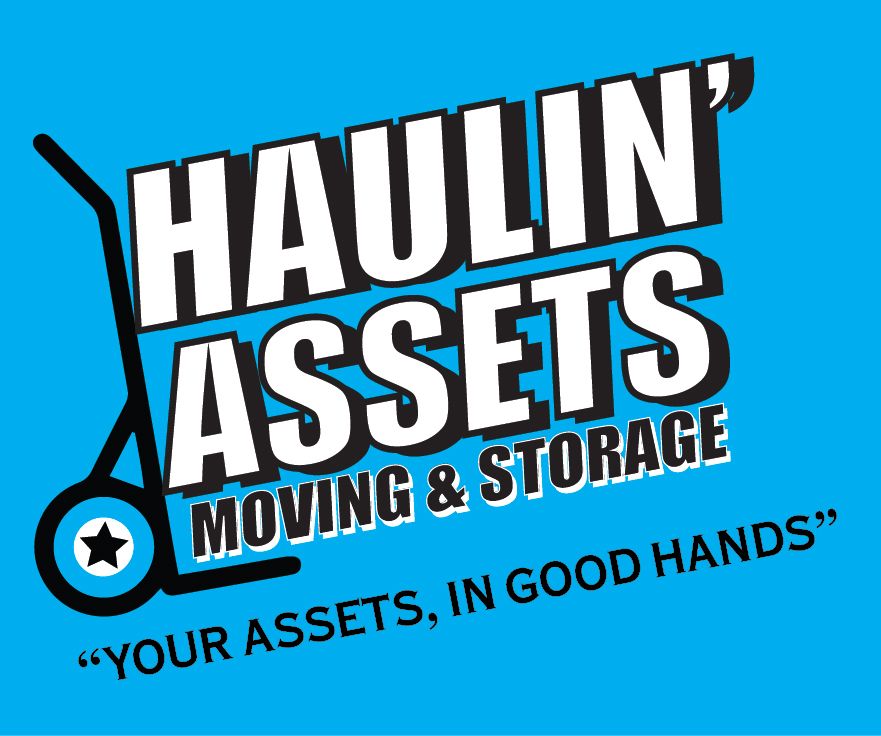Every family has a moment when they are faced with a lot of old or unnecessary things. Sometimes, the reason is relocating, sometimes interior redecorating, painting, large-scale works, renovating space, and sometimes just the desire to declutter unnecessarily.
In today’s age of consumerism, encouraged by advertisements and discounts, we often stock up and buy more than we need.
Attics and basements, utility rooms, and garages are full of junk that we don’t know what to do with. Junk means heavy and bulky items which do not belong in trash or garbage.
With such waste, we often do not know how or where to dispose of it. Fortunately, there are junk removal services that will do this complex job for us.
What is Junk Removal?
Maybe you haven’t encountered this type of service before and don’t know anything about their business. We will help you see the importance of the existence of junk removal services and how to find the right professionals in this business.
They don’t deal with the weekly garbage collection with a big truck. They come to you by appointment and take large and heavy things, as well as various other types of waste.
Their business orientation is to free you from the unnecessary, but in a way that will not pollute the environment. Many institutions and individuals can be helped by donating things, and recycling in reference places protects the environment and our health and protects our planet.
Junk Removal Tips
We will suggest the best way to approach cleaning your space from junk. Before arranging the arrival of a team of professionals from Junk Removal Service, you can do some phases of this work as a family.
1. Make a plan
Depending on the size of the space you plan to clean and the amount of things, make a provisional plan.
What are you planning to throw out, where is it located, what is the approach, how heavy and bulky are the things, etc. ? Agree with family members on what is on the decluttering list to avoid unpleasant situations, misunderstandings, and disagreements about goals. When the service team arrives, you must give them clear instructions.
2. Classify
Separate things of similar materials or purposes. What is for donating on one side and for recycling on the other?
Sort similar materials to make it faster and easier for the team that will work.
3. Start Small
You can start with drawers, kitchen elements, small boxes, or bags in the closets, then move on to large junk. Complete it similarly and put it in one place.
4. Rent a Dumpster or Hire a Junk Removal Service
Now is the time to decide which option you are in the mood for. Are you going to fill the dumpster yourself, which is neither easy, quick, nor cheap, or will you take the complete junk removal service?
Of course, you will analyze your budget, the amount and type of junk you want to throw out, and then whether you have someone’s help when loading things into the dumpster.
It is always easier and better to hire experienced professionals, and it is often cheaper. They are trained, work fast, have their specialized transport, and immediately know where to take the junk.
5. Use the Right Tools and Supplies
Protect yourself with adequate clothing and gloves and, if necessary, a mask. Dust, mites, parasites, and allergens are all found in things that have been standing for a long time. Use specialized boxes, bags, and cleaning supplies while you are cleaning.
These are the basic tips for junk removal, and they are guaranteed to be of great help to you.
How Does Junk Removal Work?
If you are a responsible person and green-minded, then you will certainly be interested in how the basic principles of junk removal work.
It’s not just simply collecting things and taking them to some wild dump. Junk Removal is a serious approach to collecting, hauling, sorting, recycling, and donating.
Types of junk that are under the jurisdiction of such services are furniture, mattresses, tires and rubber, appliances, carpets, glass, yard waste, electronic waste, scrap metals, hot tubs, pianos, bicycles, etc.
We must mention that hazardous junk is not part of their business. Some companies do just that.
As for the commitment, some do only residential, some do commercial junk, and some companies combine those two departments.
You will hire a Junk Removal Service that specializes in your needs, and you will be convinced of their efficiency and professionalism. Their approach to the problem will make this big and difficult job easier for you and relieve you of stress.
How to Choose a Credible Junk Removal Company
- get information on the Internet, review professional ads and reviews
- ask friends, neighbors, and possibly real estate agencies nearby
- schedule an online meeting or the arrival of a company representative at your place
- evaluate the attitude towards work, the client, the transparency of services, and insight into previous engagements
- sign a carefully defined contract
Treatment of Junk
You will surely be interested in what junk removal companies do with the junk. Be sure that they will not throw it on the side of the road or set it on fire.
The junk will be transported to the recycling center, where it will be carefully sorted and sent for processing. What can be used will be evaluated and donated to various charities and other institutions. Sometime’s old books, toys, or similar things can significantly enrich school libraries, kindergartens, and similar institutions.
Everything will certainly be treated according to the highest eco standards and nothing will be left to chance.
Conclusion
Junk removal companies play a vital role in the modern world.
Faced with enormous pollution in all spheres, awareness and action are necessary, which will begin to work in the opposite direction of cleaning and preserving existing resources.


